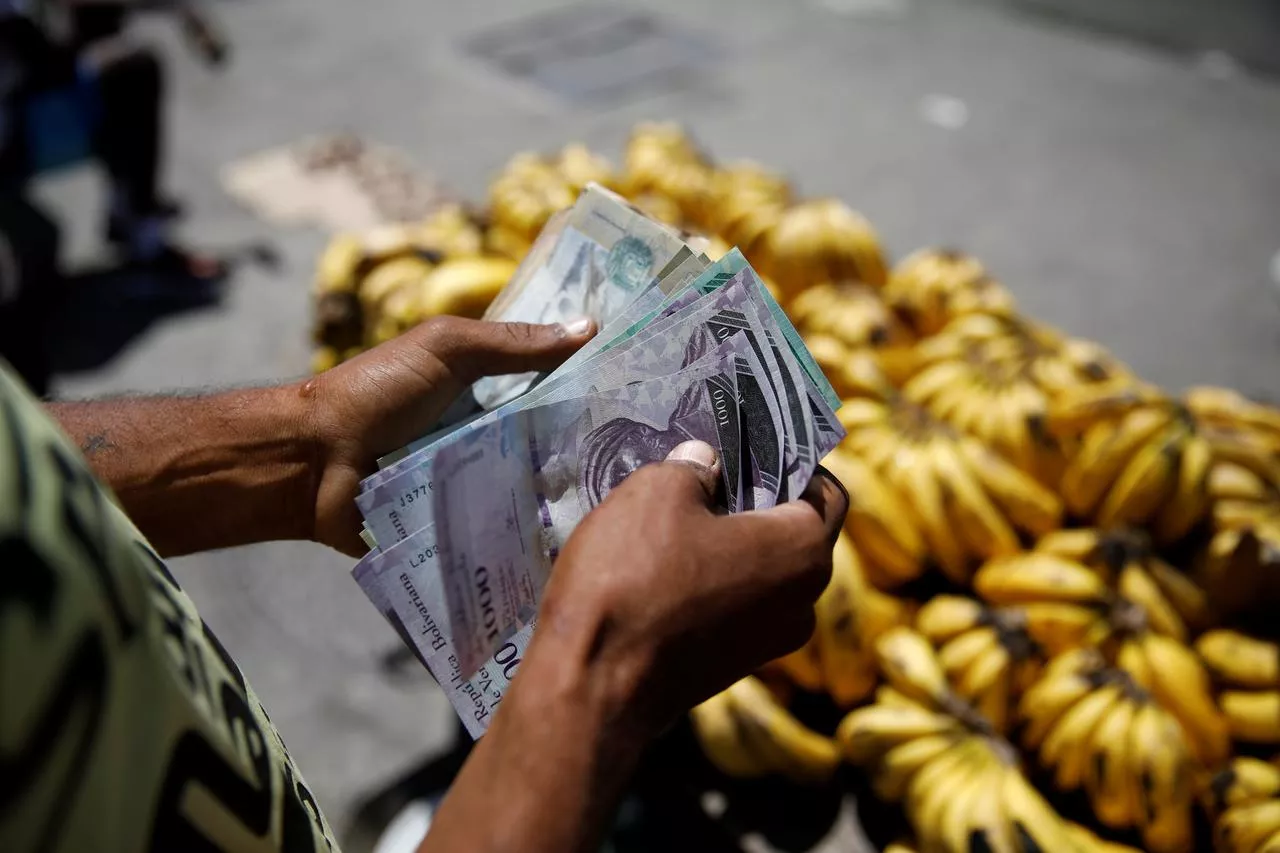Stable exchange rate ‘to ease inflation’
Finance ministry warns about serious downside risks to the economic outlook due to the second Covid wave
ISLAMABAD:The federal government on Friday predicted a stable exchange rate in the near term, which implies no major rupee devaluation, and also said that the economic growth remained persistent but the outlook was mixed due to the second wave of the coronavirus pandemic.
In its monthly Economic Outlook report, the Ministry of Finance said the inflation was expected to further ease to around 8.5% this month and inflation pressures may also subside owing to a stable exchange rate. In October, the inflation was recorded at 8.9%.
The report, however, warned about serious downside risks to the economic outlook, which, it said, have become “prominent” because of the second wave of Covid-19, thanks to “ignorance” of the people.
The economic recovery which started since the start of the new fiscal year, continued in the month of October 2020, said the finance ministry. However, looking at the impact of the ongoing coronavirus, the downside risks are becoming prominent, it added.
The recent increase in the number of coronavirus cases is forcing the government to follow partial careful policy especially in services sectors. Thus, like the rest of the world, the economic outlook for Pakistan is also having a mixed message, cautioned the ministry.
If the SOPs are strictly followed by the general public, it is expected that the negative impact can be dampened and the economy will return to long-term sustainable growth path, according to the report.
The ministry underscored that Pakistan undertook timely measures to mitigate the negative impact of the pandemic, thus, in the first quarter considerable recovery was seen in domestic economic activity.
“However, the ignorance of the general public caused the resurgence of the Covid-19 infection, thus putting downside risks to the outlook, particularly, if there are tighter restrictions on mobility.”
The finance ministry underlined that the prospects for growth in agriculture were encouraging on the basis of better production of sugarcane and rice. “The Pakistan economy is under way of recovery.”
No significant deterioration in the balance of trade in goods and services is expected. Also, the inflow of workers remittances remained strong. Therefore, the recovery may preserve external balance, it added.
The ministry also commented on the exchange rate and predicted a stable currency in “near term”.
“External balance implies the prospect for a stable exchange rate in the near term, which may contribute, in addition to specific government measures, to reduce inflationary pressures”.
The rupee further gained value and appreciated to Rs158.1 to a dollar on Friday in line with what Prime Minister Imran Khan had said a day earlier in his interaction with journalists in Lahore.
However, the banking credit numbers do not support economic growth prospects.
The finance ministry stated that the Private Sector Credit (PSC) retirement stood at Rs49.4 billion during the first four months of this fiscal year as against the retirement of Rs6.6 billion last year. For budgetary support, the government also borrowed Rs213.6 billion as compared with Rs331.7 billion last year.
The ministry claimed that sufficient orders were available with the exporters for the coming months and it is expected that the export sector will perform better in future. But the projected exports figures for the month of November by the finance ministry do not subscribe to the claims of increased orders.
“In November 2020, exports of goods and services are expected to reach around $2.3 billion,” said the ministry. After excluding the exports of services, the value of the exports of goods is again around $2 billion, which is in line with the previous sluggish trends.
The ministry said a delayed economic recovery in some of Pakistan’s main trading partners may exert a downside risk. On the other hand, the persistent growth performance in Pakistan may lift imports marginally. Imports in November may remain around $4.1 billion, according to the finance ministry.
But the remittances inflows “will remain higher than the trade deficit in goods and services”.
The ministry said the recent upsurge in Covid-19 infections and hospitalizations have hit Pakistan’s most important export markets, with the exception of China. The Weekly Economic Index (WEI) continued its upward trend up to the latest available data point in mid-November 2020.
However, improvement in recent weeks seems to decelerate due to upsurge in new cases. Further current value of this index indicates that still economic growth is far from its pre-crisis level.
The recent precautionary measures, taken in the Euro Area and in the UK, which may soon be followed by the US, may slow down their near-term economic recovery.


COMMENTS
Comments are moderated and generally will be posted if they are on-topic and not abusive.
For more information, please see our Comments FAQ